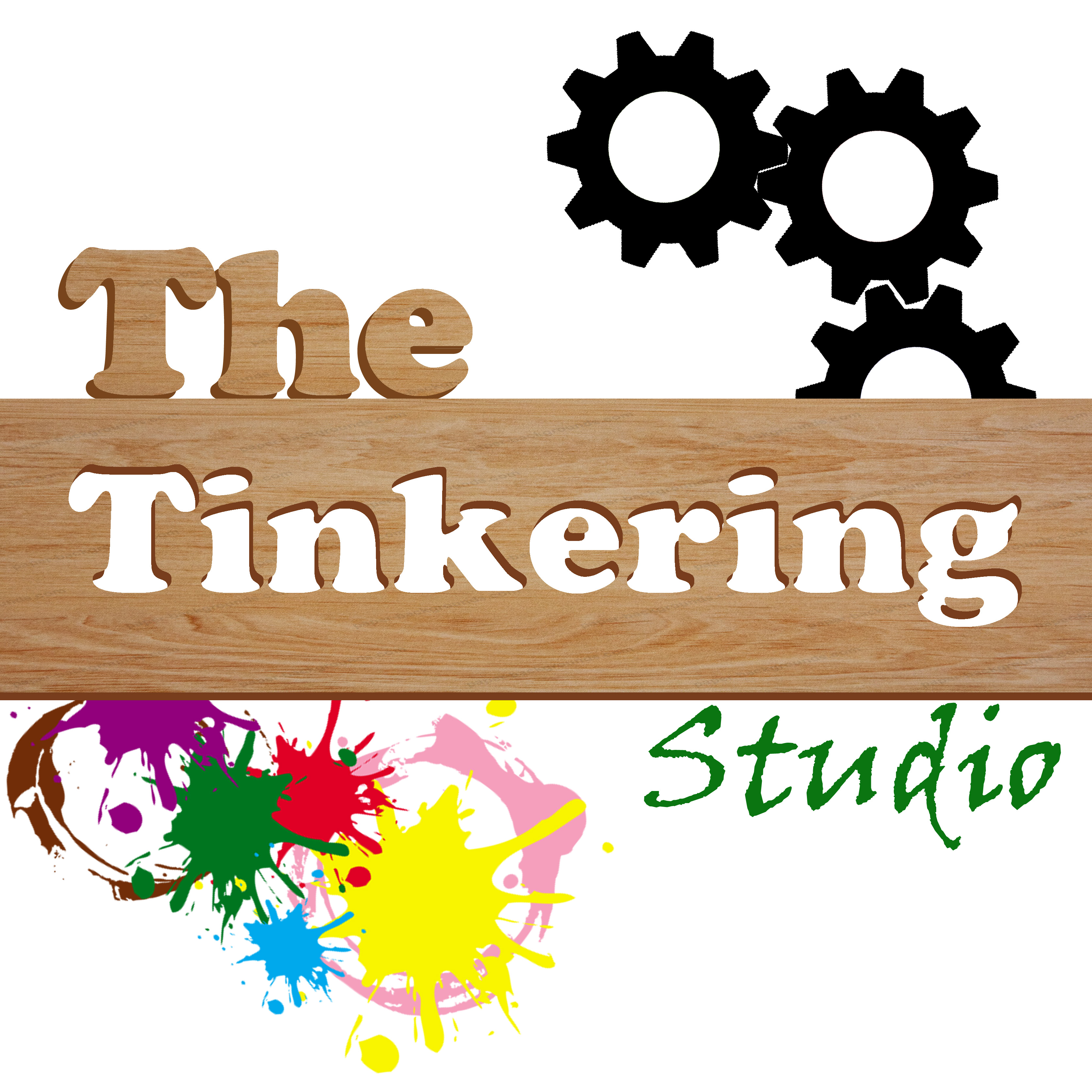Flying 3803km to Shanghai in a suspended metal container, The Tinkering Studio participated in China’s National Science Festival. The crisp refreshing wind greeted us, making us forget about the hot humid weather back home.
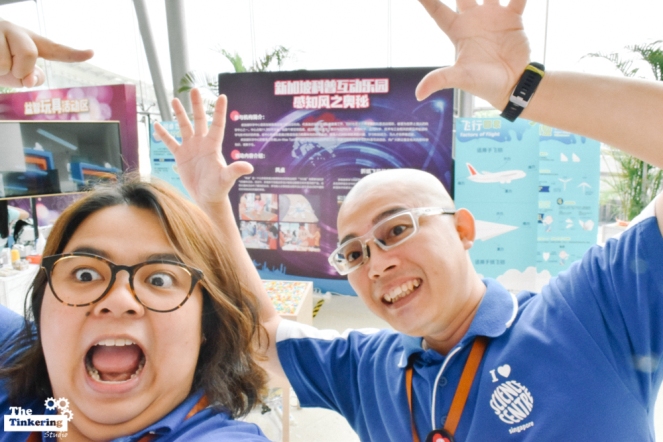
Science Centre Singapore was invited to Shanghai Science Centre on 18 – 25 May 2017 to set up activities on the theme of flight. The Tinkering Studio brought ‘Wind Table’ while our colleague from Gallery Programmes explored ‘Paper Airplane’.
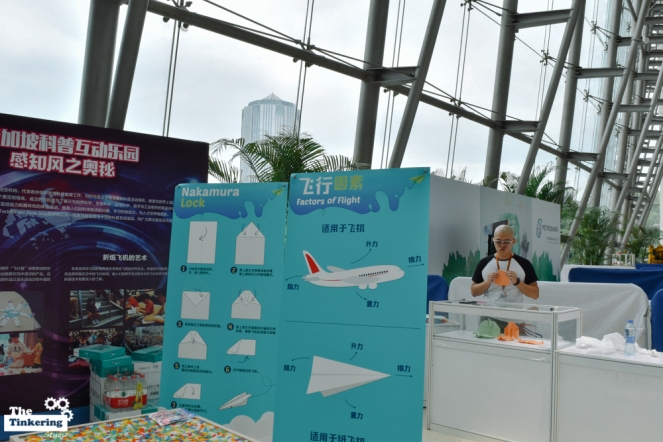
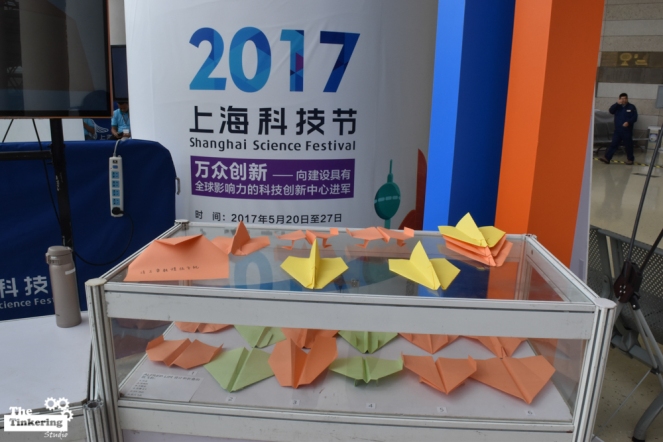
Wind Table Concept:
The objective of this tinkering activity is to create flying contraptions that rides on the upward wind motion.
‘Flying contraptions’ is pretty vague so we need prompts to guide the design process.
The table illustrates the different designs that we came up with based on observing wind-dispersed seeds.

Materials:
At home base, we usually use paper and tape to design the flying contraptions.
For the Science Festival, we included more materials resulting in different permutations of designs.

Prompt 1: Make something that flies
The first prompt was, “Make something that flies”. The general age audience that participated in the event was 1 – 7 years old. They are immediately drawn towards the rainbow-coloured balloons. These light-weighted balloons flew easily up to 1 metre high when guided by the upward wind motion. To kids, flying at such height is already a huge feat.


When asked to add more materials, they reluctantly plopped the balloon onto a cone cup. This resembles an ice cream cone. This design flies quite well, which satisfy the objective of making something fly. The sense of satisfaction won’t budge their will to further tinker with more designs.
Prompt 2: Imitate Nature’s flyers
“What are the animals that can fly? What is their physical structure that helps them to fly?”
This prompt results in winged creations. Depending on the type of animal they are thinking of, the types of wing shape and the space between the wings will differ.

Certain design with wings that are too near one another doesn’t fly as well as the spread-out wings. Seeing the different designs, participants are more willing to modify as changes done to the design, the effect of flight can immediately be seen.

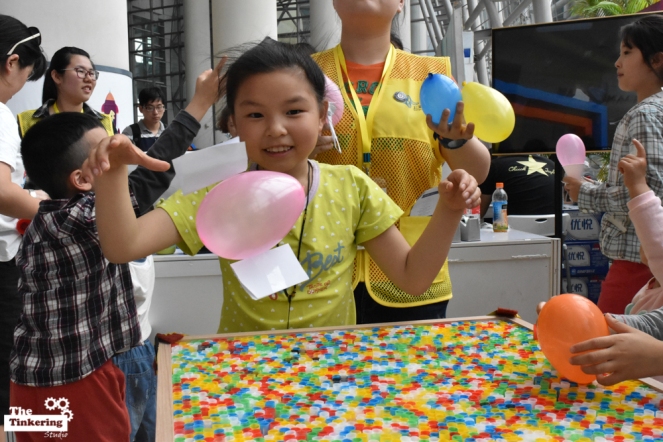
Prompt 3: Larger surface area
“How about wind-dispersed seeds?”, prompts participants to think about seed’s evolutionary design to efficiently get carried by wind. The mechanism adopted by wind-dispersed seeds are usually that a larger surface area will catch the wind, allowing it to fly.
There is a danger to this prompt. Participants think larger surface area= more balloons = fly more, and a competition for the most balloons starts. Instead of trying to figure out how to make the contraption fly, it becomes “Who has the most balloons” and “I need to add more balloons than the previous participant”.
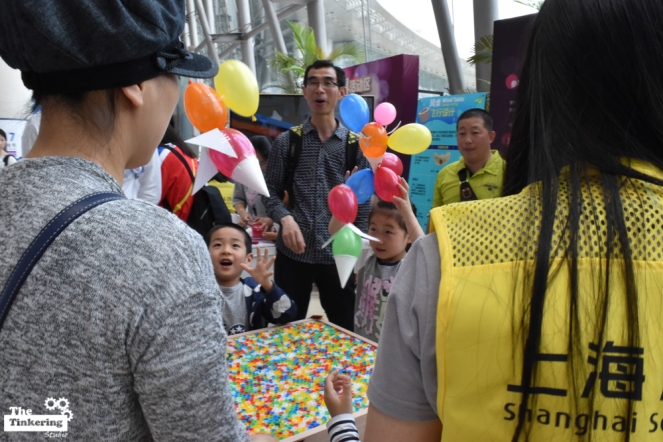

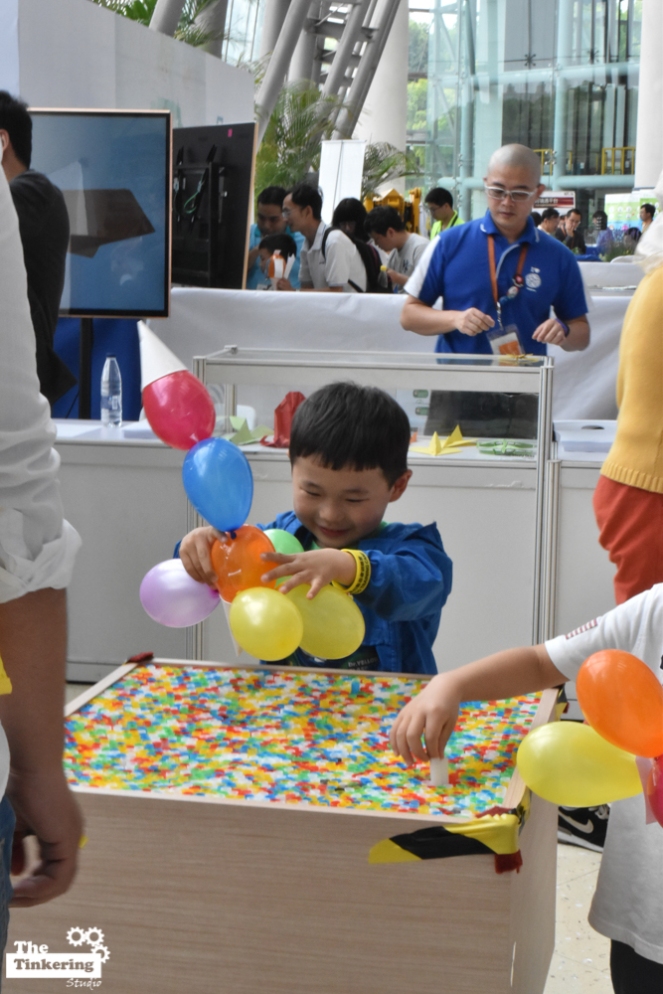

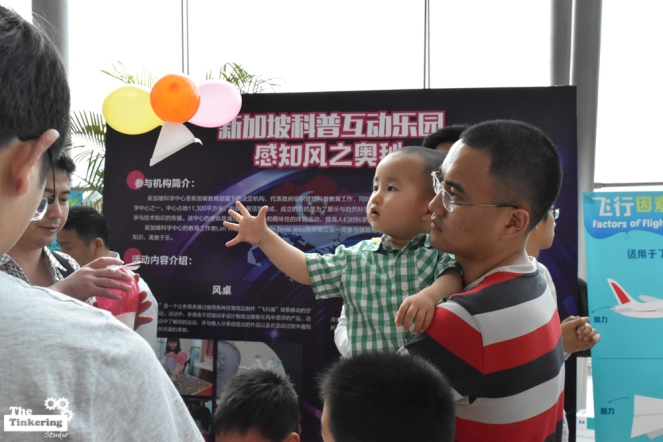
If you limit one balloon per participant, this can get interesting. Participants will try to use different wing designs, using of strings to be a surface area to get picked up by the wind. It helps when the visual representation of seeds are just beside the making area. Looking at nature’s example, participants are more likely to innovate as they know these seed designs actually fly.

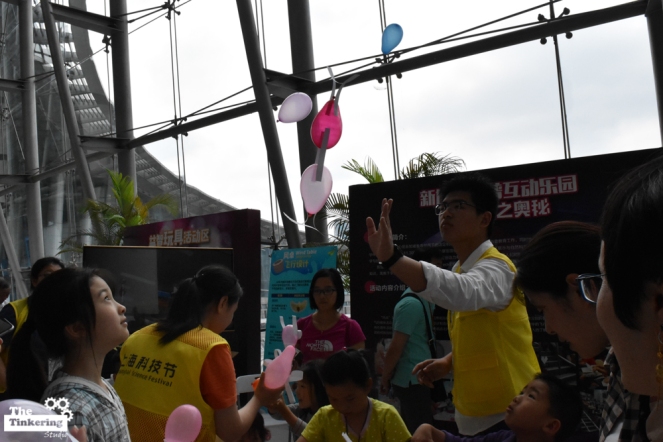
Conclusion
The first prompt is very important, like a seed. Once planted, it takes growth. Even if you plant another idea, the initial one has already taken root and is difficult to change.
If the prompts are delivered properly, the result can be pleasingly inspirational!
Tip 1: Encourage parent-child bonding
It is great that parents are learning together with the child. One way that works for us is to give both parent and child the prompt and take a step back. Parents will problem-solve with the child on how to create a flying contraption.
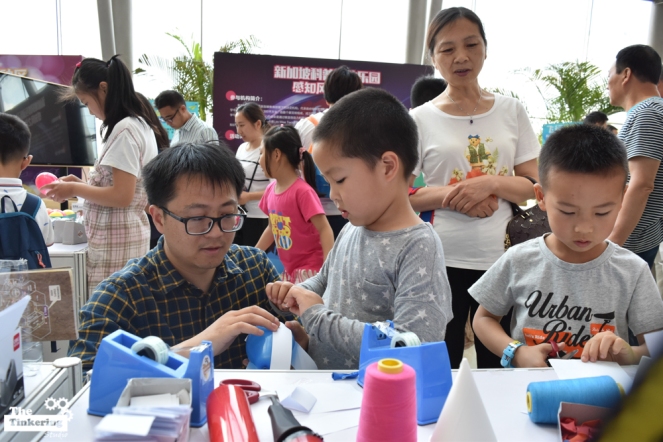
Tip 2: Avoid parent’s over-preaching
There are some cases where parents do not allow their child to try out their ideas because they know that their (parent’s) ideas work better. It may be true, but stifling a kid’s idea and not letting the kid try out their ideas gives them the impression that they, as children can’t do anything.
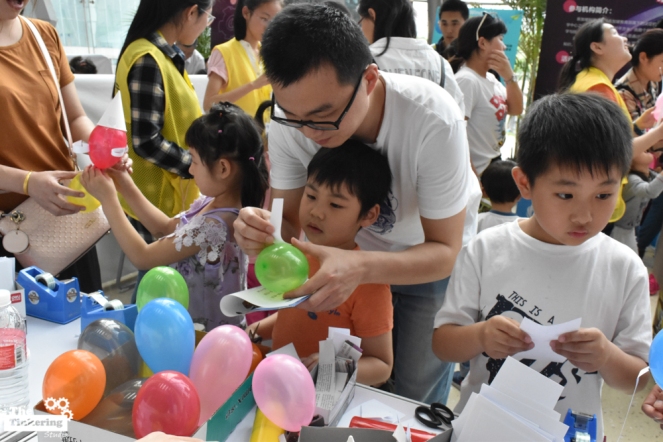
One way to tackle this is to challenge the parents to have a mini competition with their kid. Whose idea works better? Parent vs child’s flying creation. 
-End-
